The FBI's Hollywood Files: How the Agency Opened Cases on 'Highly Sexed' Errol Flynn, 'Anarchist' Jane Fonda and Others
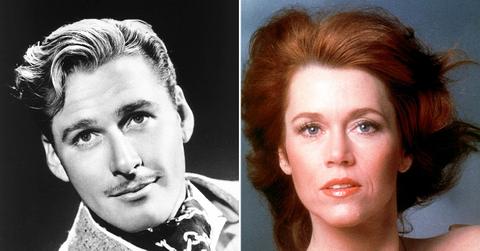
The FBI has an image. The clean-cut, dark-suit, sunglass, earpiece. The ones who are called in to help local police or when there is a serious crime.
It’s an image the agency has created from its inception by J. Edgar Hoover. But, whether for Hoover’s political gain or investigative purposes, the agency has gone beyond its initial scope on occasion. Hoover used the FBI to harass and bully any potential threats. The agency has used the newest technology to track, investigate and watch seemingly anyone it chooses.
Those in Hollywood are no exception.
The FBI targeted magazines that printed gossip about Hoover’s personal life. Then moved on to potential communists during the “Red Scare.” Now, the FBI seems to investigate any statement that comes its way or anybody in the national spotlight.
Even the so-called squeaky-clean seem to have found themselves under the FBI’s microscope. Celebrities such as Bob Hope, Helen Keller and John Travolta found themselves within FBI’s files.
The following 8-part series looks at the celebrities who found themselves in the FBI crosshairs, why and some jaw-dropping allegations about their personal lives.
Many of the files are available for public consumption through the FBI Vault.
Some investigations turned out to be warranted with criminal charges and convictions. Others seem nothing more than to harass and intimidate. Here are the FBI files of Hollywood from A-Z.
- For part 1 click here
- For part 2 click here
- For part 3 click here
- For part 4 click here
- For part 5 click here
- For part 6 click here
- For part 7 click here
- For part 8 click here
ERROL FLYNN
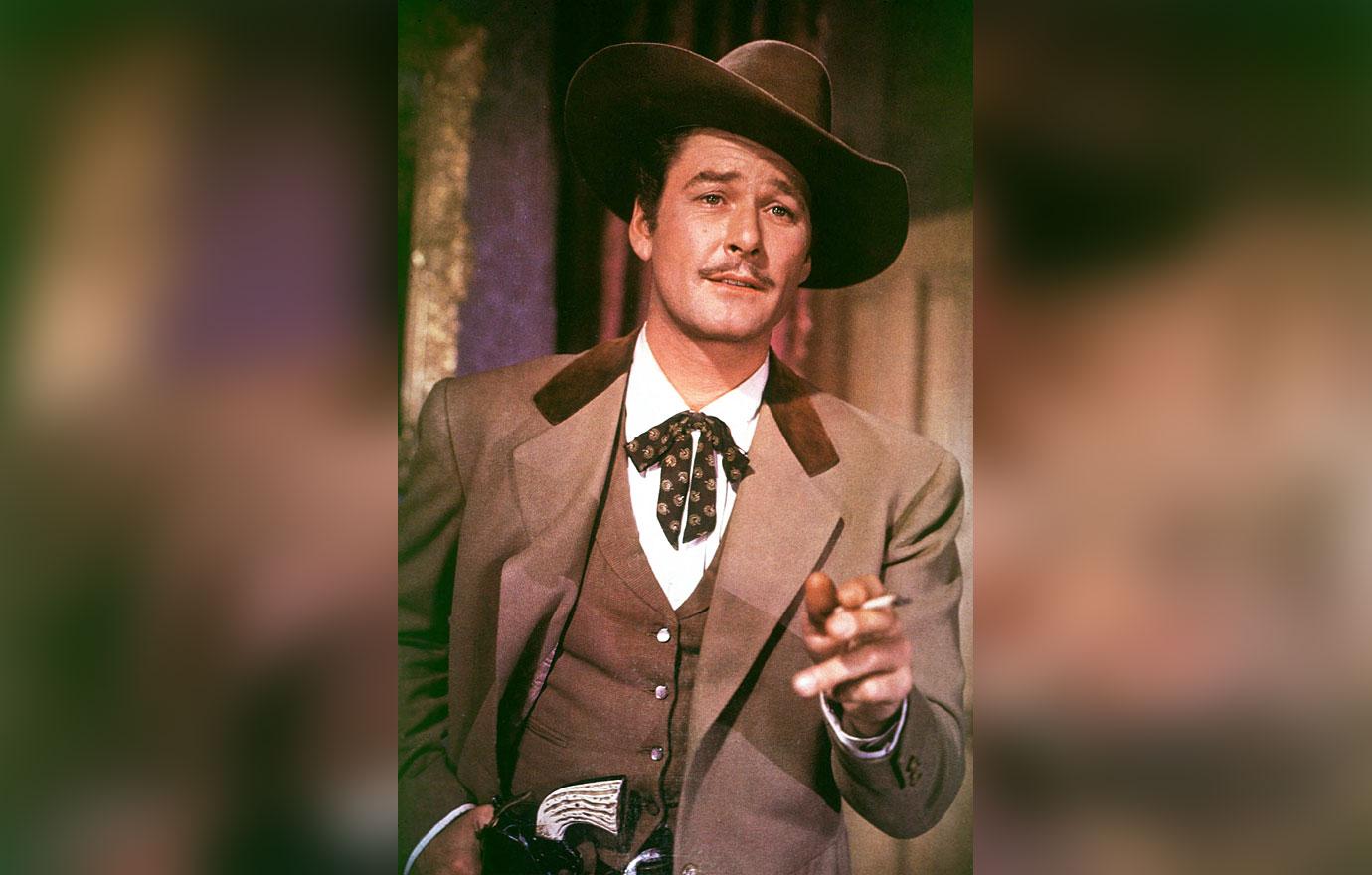
The swashbuckling actor’s legendary lovemaking was fully documented by J. Edgar Hoover’s minions, who seemed to revel in Errol Flynn’s sexual slipups but never quite managed to catch him doing anything illegal.
The Bureau’s conclusion: Flynn was “a highly sexed individual…a person of low moral character with absolutely no regard for women… Flynn has had an affair with every woman who has ever worked on the Warner Bros. lot… from grandmothers on down.”
The man who boasted that he’d bedded upwards of 10,000 ladies — and titled his memoir “My Wicked, Wicked Ways” — would probably take that as a compliment.
How did he do it? In addition to his debonair demeanor, he had help, as the Bureau discovered when they interviewed a former Flynn employee in 1945:
“When originally associated with Errol Flynn he was given a pass to the Warner lot and frequently brought young girls to Flynn on set…. [His] general reputation during this period was that of a personal pimp for Flynn.”
What got the actor in hot water was his penchant for teenage girls. For someone who spent idle hours loitering around schools, ogling nubile young maidens, it was only a matter of time before the law caught up with him.
And it did, in spades. In 1943, Flynn was arrested for the statutory rape of two 17-year-olds, Peggy Satterlee and Betty Hansen. Hansen testified they’d made love by every porthole on Flynn’s yacht, the Sirocco (whose flag aptly bore the symbol of a crowing rooster), and the actor kept his socks on throughout.
When Flynn was acquitted, the FBI believed justice had not been served. “There was no doubt regarding Flynn’s guilt,” states an undated Bureau memo, “and that he has been guilty of this act many times previously.”
One of those tragedies occurred in 1940, aboard a train heading East for the premiere of Flynn’s film “Santa Fe Trail.” According to the FBI, a confederate of Flynn’s served a female actress a Mickey Finn — a drugged drink — after which “she was allegedly raped by Flynn, who was said to have made bets with friends on the train that he could accomplish this feat.” The actress attempted suicide and had to be flown home.
Olivia de Havilland, Flynn’s “Santa Fe Trail” costar, was another Flynn target. She’s spurned his advances for years, and he was “desperate” to add her to his list of conquests, says Flynn biographer Charles Higham.
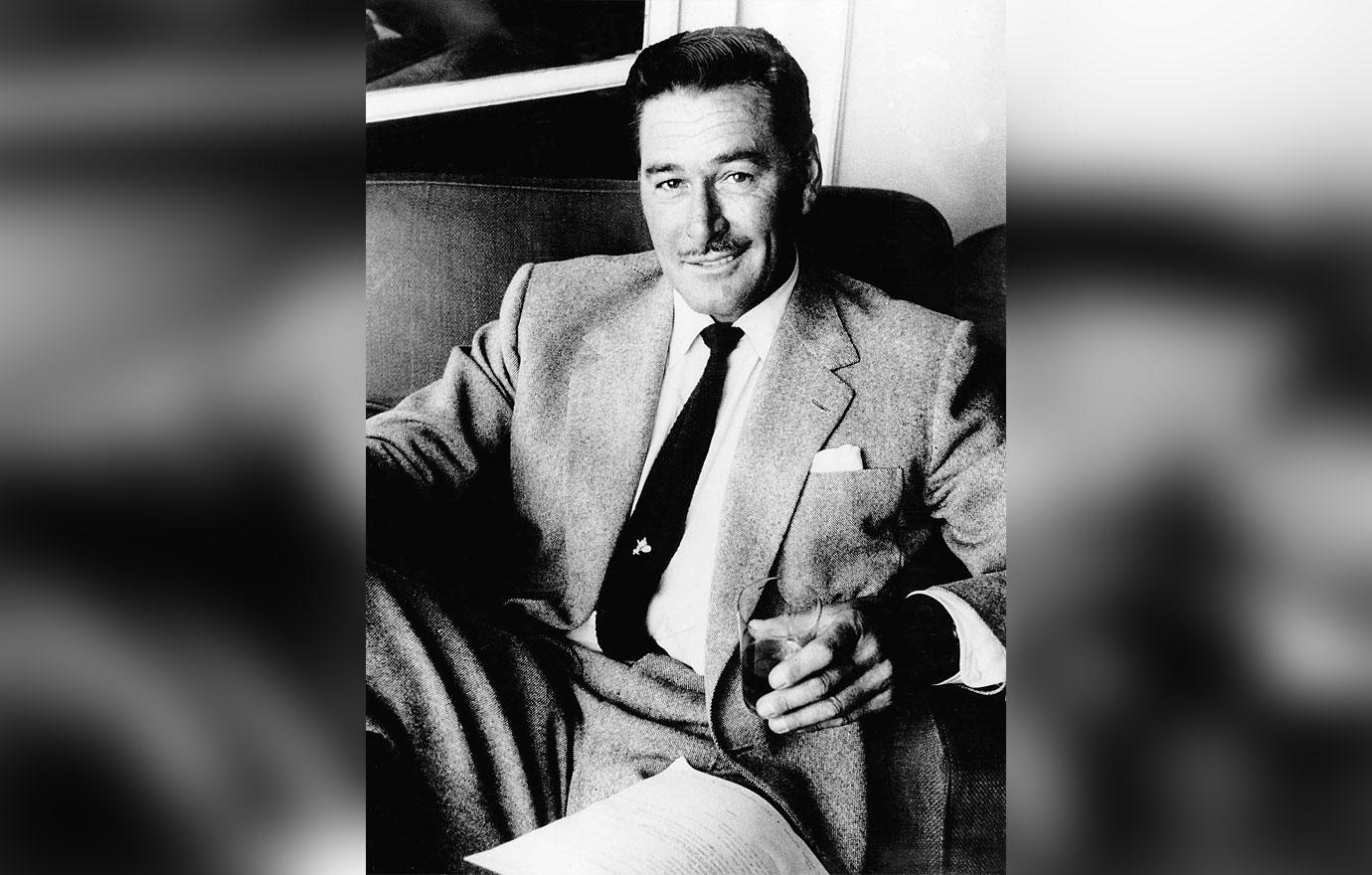
During their filming of 1938’s “The Adventures of Robin Hood,” an amorous Errol even got violent: “One night he followed her from the film set — she still in her Maid Marian outfit and he still attired as Robin Hood,” says Higham. “He staggered drunk to her door and tried to kick it in as Olivia cowered petrified in a corner.” Flynn retreated only after her roommate threatened to call the police.
Even during the statutory rape trial, with his career at stake, Flynn couldn’t keep his eye from wandering. It landed on Nora Eddington, a leggy underage redhead who operated the courthouse cigar stand. After the trial ended, they wound up in Acapulco together.
A flurry of memos headed “WHITE SLAVE TRAFFIC ACT” trace the Bureau’s furious hunt for evidence linking Flynn sexually with Eddington. An informant who spent time with them aboard the Sirocco reported, “the subject [Flynn] was attentive to the victim [Eddington], but no improper act ever took present [sic] within the sight” of him. However, the informant added, Flynn and Eddington would at times leave the launch and go to the nearby beach.
Another informant spoke with the night watchman at the Riviera Hotel, where the couple was staying in separate cottages. “To his knowledge,” says the report, “the subject and victim had never occupied the same room and he had never observed either of them going to the other’s room. He stated, however, that on one occasion, the subject and the victim left the hotel at about 7 p.m. and did not return until the next morning.”
Not the stuff on which to build an airtight case. So, a Dec. 11, 1943, teletype trumpeted the end of the chase: “EVIDENCE NOT SHOWING SEXUAL INTERCOURSE IN MEXICO.”
Back in the U.S., Flynn made Eddington his second wife (his first marriage, to Lili Damita, an actress five years his senior, ended in 1942), but after six years and two children, Eddington became disgusted and flew the coop. “I knew he was sleeping with other women,” she said later. “He rotating them in the same bed we used.”
Flynn didn’t wait long to embarrass his third wife, actress Patrice Wymore. French policemen gate-crashed the couple’s 1951 wedding reception to arrest him for raping a 17-year old girl. Asked for a dossier on the actor, the FBI simply reported their efforts to nab Flynn on similar charges had turned up goose eggs.
And he got off this time, too. The girl charged the rape had occurred in the shower compartment of the Sirocco. A judge took one look at the cramped space and dismissed the case. “So many girls claim they’ve been aboard, but surely I know those I’ve taken to the boudoir,” crowed Flynn. He must have had a good memory.
Wife Patrice was further humiliated eight years later when her husband died in the arms of his mistress, Beverly Aadland, who was barely 17. Although only 50, doctors said Flynn, who was a prodigious drinker, had the body of an 80-year-old.
With his premature demise, the actor fulfilled one Bureau informant’s prophecy: “Flynn was a man perverted in his sexual desires [who] ultimately will cause Warner Bros. a considerable amount of difficulty if he doesn’t kill himself in the process.”
JANE FONDA
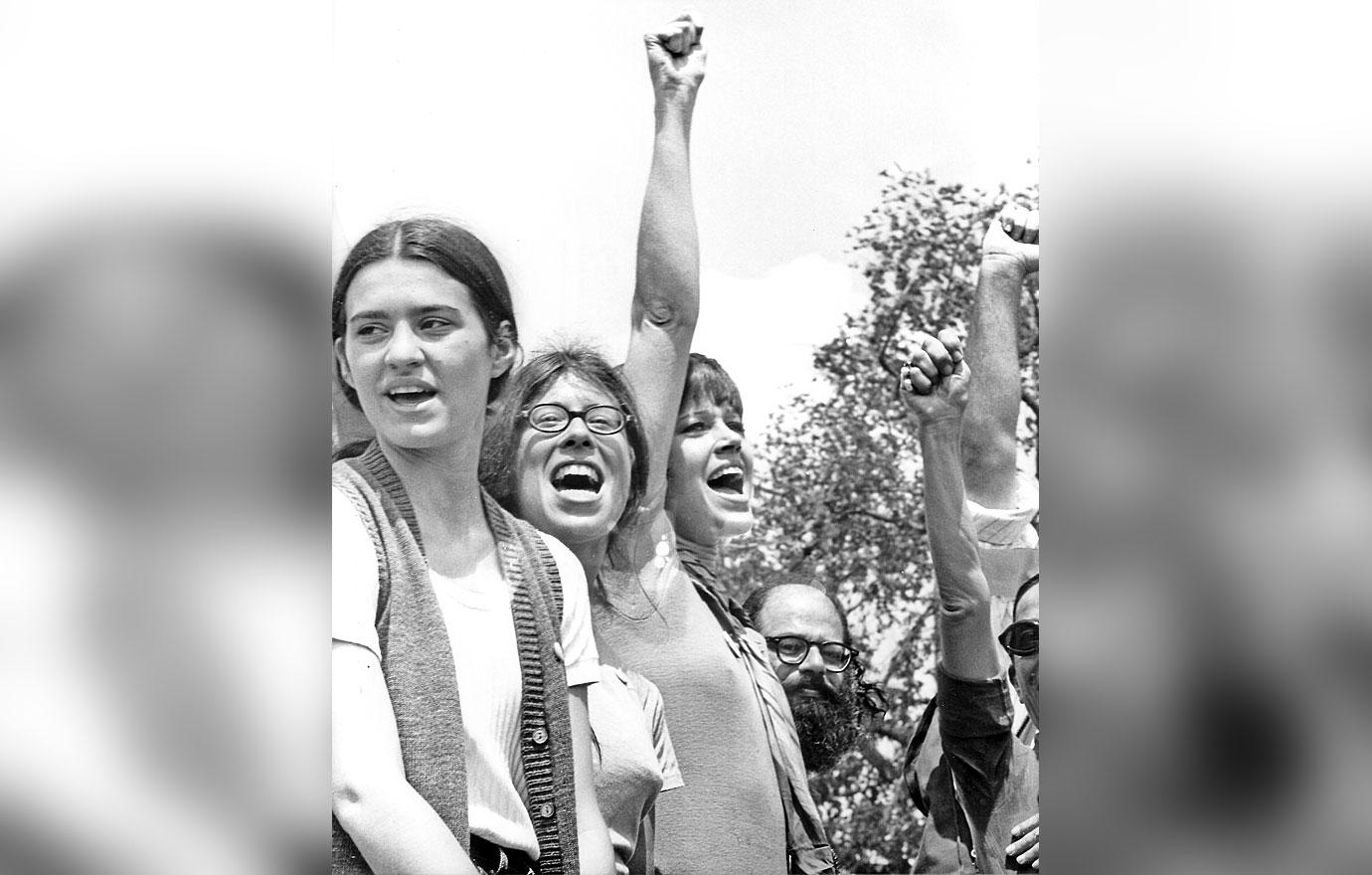
In 1970, 37-year-old Jane Fonda shifted from acting to activism, incurring the wrath of papa Henry Fonda (“If I ever discover that you are a Communist, I will be the first to turn you in,” he warned her) and — of more dire consequence — the fury of the President of the United States.
Fonda quickly became a magnet for the anti-war and black radical movements. Today her speeches sound naïve, but in 1972 she ranked as Public Enemy No. 1 to millions of Americans after making an infamous trip to North Vietnam, a nation at war with the U.S.
While there, she posed for pictures on an antiaircraft gun, presumably used to shoot down American planes, and made propaganda broadcasts over Hanoi radio.
The broadcasts — widely condemned as betrayals of fellow Americans who were being captured, wounded and killed in battle by the same Communist government acting as Fonda’s host — earned her an infamous nickname in the tradition of World War II turncoats “Tokyo Rose” and “Axis Sally”: She was contemptuously dubbed “Hanoi Jane.”
But as outrageous as her actions seemed, nothing Fonda did was technically illegal (although some critics did try to bring charges of treason against her). “Hanoi Jane” did, however, get oodles of media attention, which drove Richard M. Nixon crazy.
His paranoid hatred for Fonda led him to add her name to his enemies list, and spurred government agencies to pay informants hundreds of dollars to spy on her. Transcripts of her speeches, code-named “the Gamma Series,” were circulated throughout the White House. “What [then-Soviet President Leonid] Brezhnev and Jane Fonda said got about the same treatment,” said a Nixon aide.
The FBI took the lead. From Fonda’s first protest — on March 8, 1970, at an Army base outside Seattle — the Bureau began compiling what would become a 1,000-plus page dossier, its memos headed: “Jane Fonda: Anarchist.” It used tactics usually reserved for nabbing super-spies: agents opened her mail, bugged her phones and examined her bank records — usually without proper authorization.
The Bureau also invented phony information to discredit her. In June 1970, Wesley Grapp, chief of the FBI’s Los Angeles office, suggested to Hoover that a letter about Fonda’s involvement with the violent Black Panther Party be concocted and sent to Hollywood columnist Army Archerd
It read:
“Dear Army, I saw your article about Jane Fonda in Daily Variety last Thursday and happened to be present for [her] Joan of Arc performance for the Black Panthers Saturday night. I hadn’t been confronted with this Panther phenomena before we were searched upon entering Embassy Auditorium, encouraged in revival-like fashion to contribute to defend Black Panther chaps in a ‘we will kill Richard Nixon, and any other M**** F***** who stands in our way’ refrain… I think Jane had gotten in over her head.”
Grapp signed it “Regards Morris.”
“One would expect Hoover to reject such a harebrained and immoral scheme out of hand,” says Fonda biographer Bill Davidson. But on June 25, the FBI boss authorized Grapp to send the letter, offering just one warning: “Insure that mailing cannot be traced to the Bureau.”
“This is one of the few documented instances of a clear-cut frame-up of a citizen by a high-ranking government official,” says another biographer, Fred Guiles. Archerd reportedly scanned the letter and threw it out.
The campaign against Fonda reached its climax in the early-morning hours of Nov. 3, when the actress exhausted from a day of speechmaking in Canada, reentered the U.S. at Cleveland Hopkins International Airport. She was immediately detained and her bags searched.

One of the casualties of the search was Fonda’s address book. “When I got it back from the FBI under protest two days later,” she said, “Canada was in Florida and Colorado was in Texas. Everything was completely mixed up and backward. They obviously had taken it and Xeroxed every page.”
FBI agents questioned Fonda for three hours (she resisted by singing revolutionary songs at the top of her lungs). Although they’d deny it, Fonda later claimed agents admitted that “orders were coming from Washington and that I was on the list of people to be watched coming in and out of the country.”
Things came to a head when Fonda had to go to the bathroom and agents refused to let her. There are two versions of what happened next. Customs Agent Edward Matuszak grabbed her and she simply struggled to get free.
Whatever happened, Fonda was arrested for assaulting an officer. When she was strip-searched — twice — matrons found amphetamines and Valium, all prescribed medicines, and added a drug smuggling charge. Fonda faced eight years behind bars.
She spent one night in jail. The case never came to court. If it had, Fonda says her lawyers would have compelled the government to own up about the enemies list.
A more-timid soul (like Jean Seberg), might have wilted under the Bureau’s harsh scrutiny. Not Fonda. “Her single day in jail so infused her with righteous indignation that she returned to the lecture circuit with a fire-breathing zeal,” says another Fonda biographer, Christopher Andersen. “The arrest so enhanced her standing among radicals, serving to dispel any lingering doubts they might have had about her motives.”
In the fall of 1973, Fonda got her chance to get even with the feds when newspaper columnist Jack Anderson presented her with her secret FBI file. None of the revelations about the Bureau spying on her surprised her. “To tell you the truth, at the time we were so sure that it was going on that it was something that was almost laughable,” she said.
But the phony letter was a revelation — and Fonda slapped the government with a $2.8 million lawsuit, claiming her civil rights were violated. The case dragged on for six years. In the end, she got no money. But the FBI admitted its wrongdoing and promised to follow more stringent surveillance guidelines.
“Money is not really what we were going after,” said Fonda. “We got an admission of guilt. We got a promise they would try not to do such un-American things again.
MALCOLM FORBES
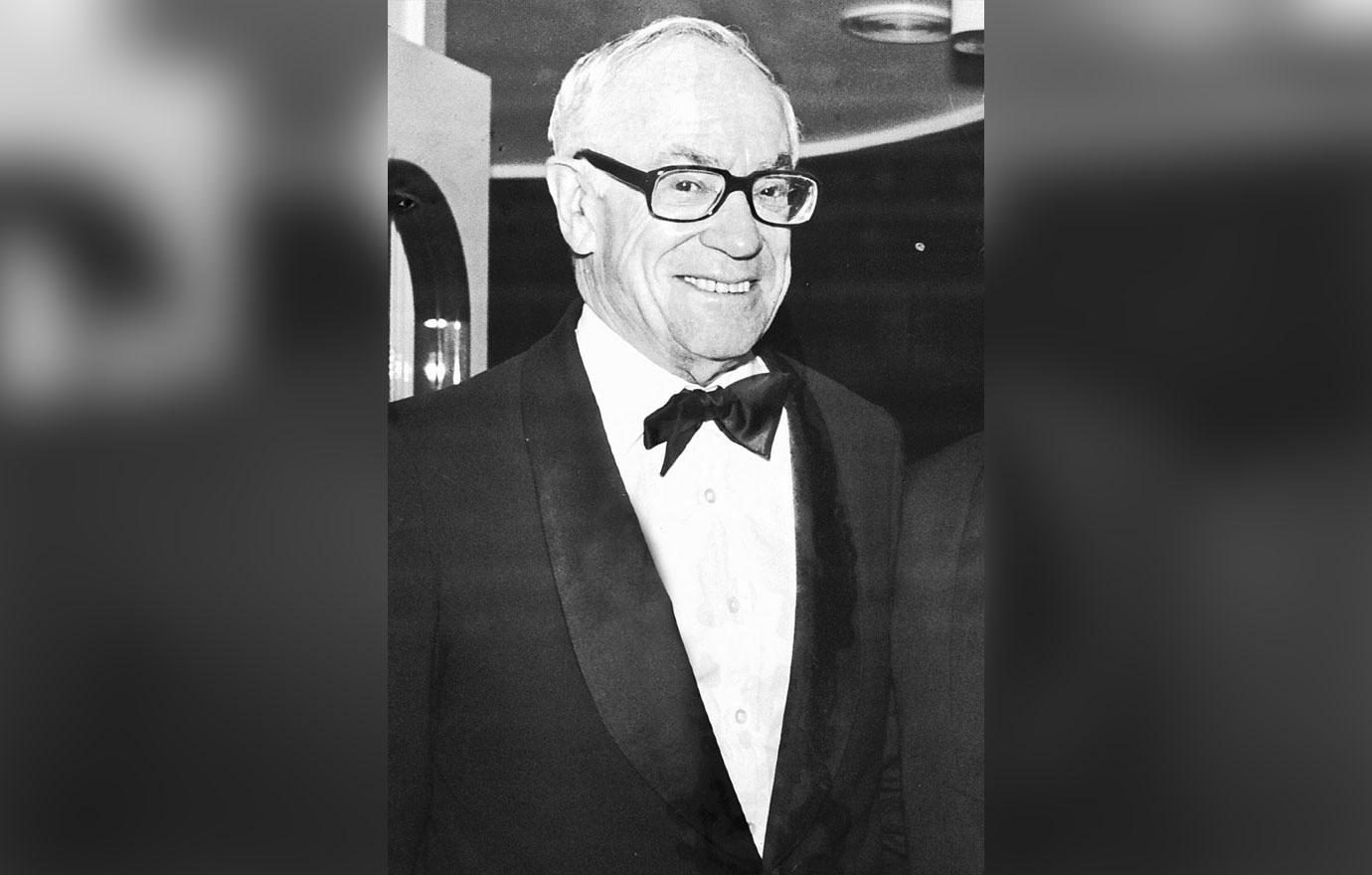
When Forbes magazine publisher Malcolm Forbes wrote about the place of organized crime in the world of American business, he cemented a lifelong friendship with the FBI. The articles drew raves from the Bureau, which had once denied that a Mafia organization even existed.
Forbes’ FBI file reveals nothing of his friendship with actress Elizabeth Taylor, his antics as a party animal, balloonist and motorcyclist or the reports that emerged after his death about his off-center sexual preferences.
Apart from a passing reference in a newspaper clipping that he “took the pinkish side” when he was a student at Princeton University, Forbes’ files describes him as squeaky clean and a good and loyal friend to the FBI.
The Bureau had its eye on Forbes as early as May 6, 1958, when the publisher made his FBI file debut in a report that he had “made several valuable comments about the FBI” when he sat next to an agent at dinner. In November 1969, the Bureau approached Forbes about running an article on securities theft.
The relationship became even cozier in 1981, when Forbes ran a series of articles on organized crime, declaring that it was America’s biggest business. The articles claimed organized crime enjoyed an annual tax-free profit of about $50 billion. This put it ahead of oil, the second most profitable business, with annual profits of about $23 billion.
“Forget oil,” the magazine stated. “Organized crime is clearly the most profitable industry there is.”
Almost six years after Hoover’s death, the FBI, under director William H. Webster, finally acknowledged that the Mafia actually existed. The Bureau cooperated with Forbes magazine in its six-month investigation into the seamier side of American business.
“What emerges is that organized crime has become one of the most powerful forces in the U.S. today,” the series noted. “Its large tentacles spread across the country into legislatures, courtrooms and government bureaucracies, influencing not only the press, universities, churches and legitimate business but the political process as well.”
In a memo about the articles, Webster noted: “We have had a cordial relationship with Mr. Forbes.” Efficient FBI bureaucrats even added routine solicitations for a subscription of the magazine to Forbes’ file.
The tight relationship between Forbes and the Bureau was rekindled in 1989, when FBI Director William Sessions asked the publisher to take part in its Distinguished Lecturer Series.
Forbes’ lecture was a success. In a warm letter, Sessions wrote him:
“I hope you could tell from the standing-room-only audience and the warm applause you received how very much all of us at the FBI enjoyed your presentation."
Become a Front Page Detective
Sign up to receive breaking
Front Page Detectives
news and exclusive investigations.
